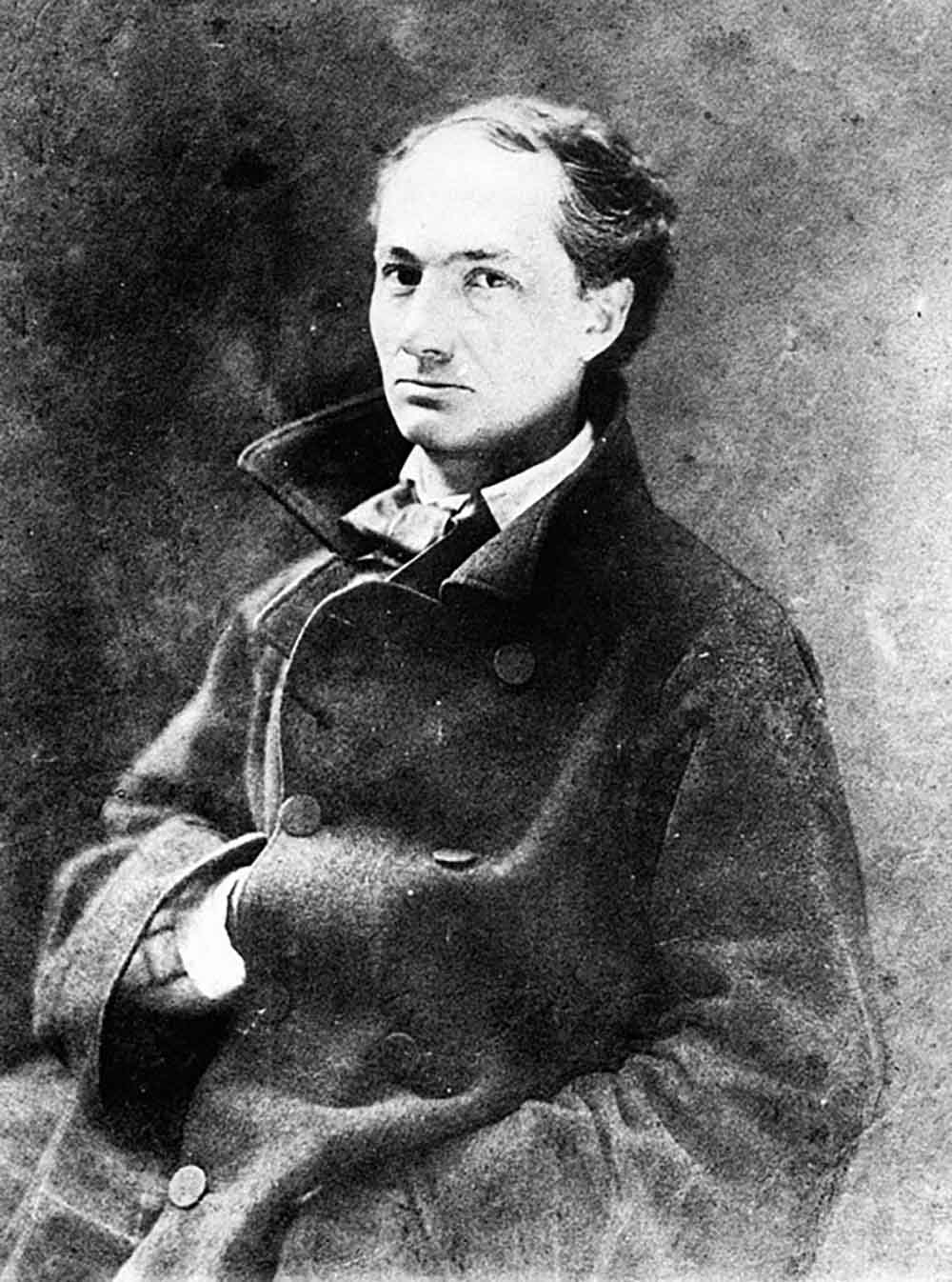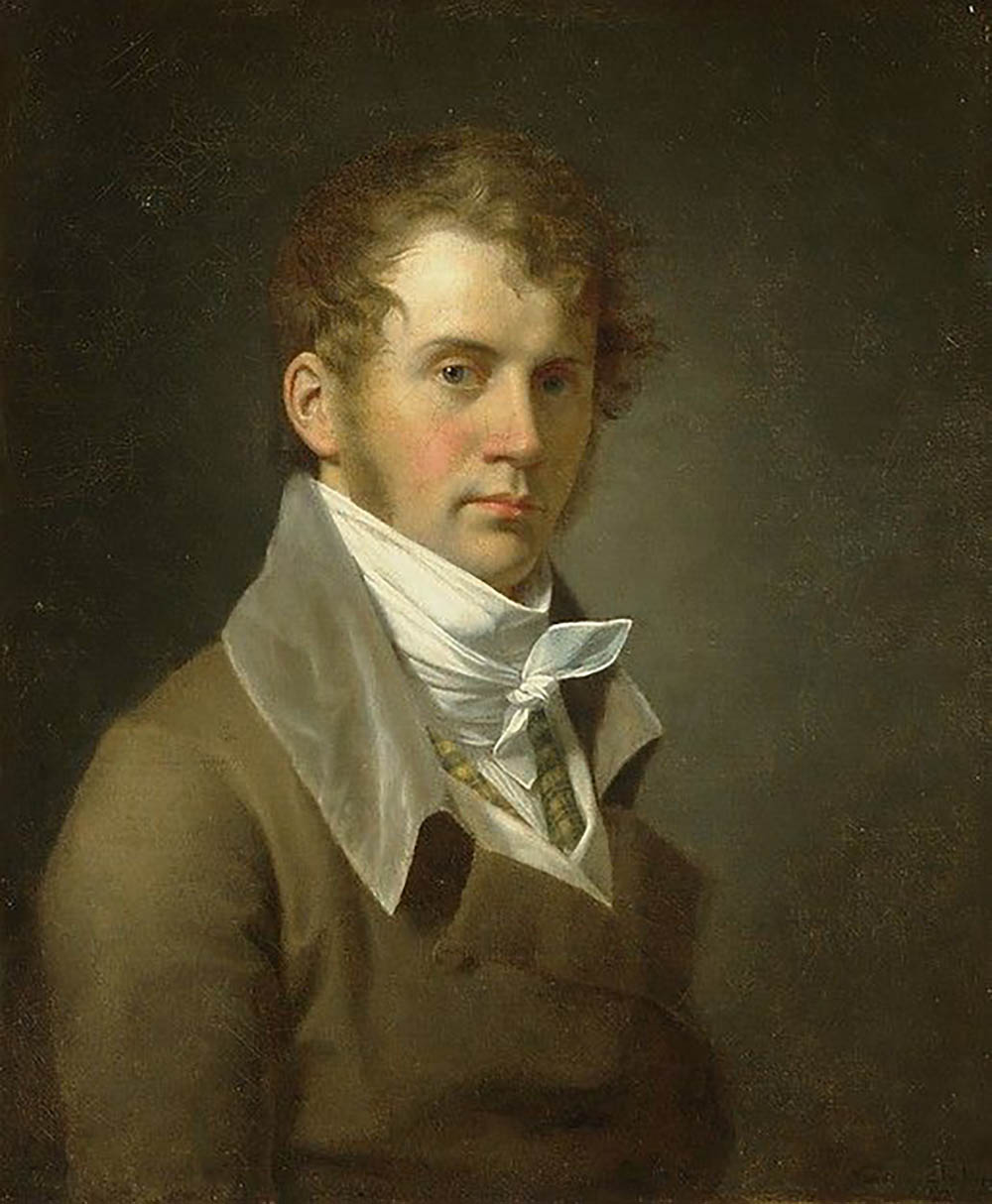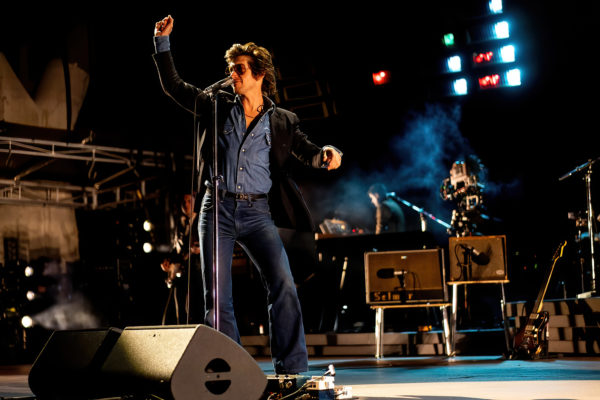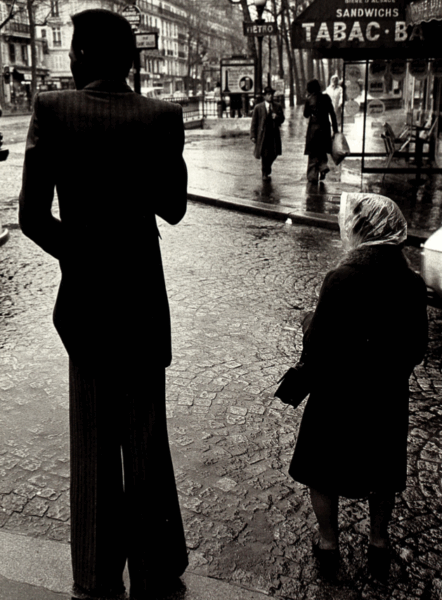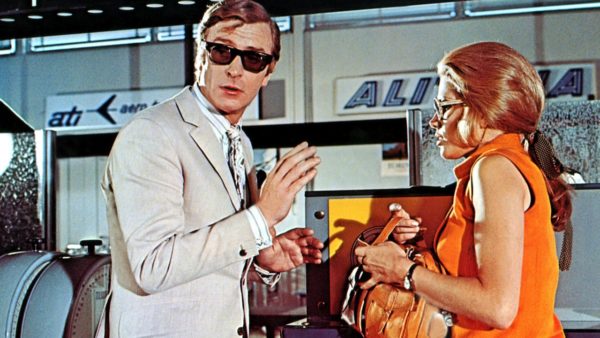At the turn of the 19th century, European elegance is no longer dictated by the French. The royal court has lost its appeal following the Revolution, and the country is too embroiled in social turmoil for fashion to be a central preoccupation.
It is in England, in the context of the Empire’s growing productivity and the population’s sober attitudes toward dress, that clothing is made. Mass-production has revolutionized the textile sector, and progress in fabrication such as sewing machines, as well as the new distribution systems of railroads and department stores, bring about changes in accessibility.
Aristocrats and bourgeois alike choose the frock coat as their overcoat for its practicality and sobriety. The « redingote », literally « riding coat » as it is pronounced in French, is multifunctional and easily confectioned. The sober swaths of grey or black, assembled without pockets or pleats, reflect the passage of clothing from ceremonial to daily usage, while the folded collar can take on the personal touch of a contrasting fabric.
- The Canadian Tuxedo
- The Car Coat « Weekend style with quiet confidence—the car coat speaks without spectacle. »
- A HISTORY OF MEN’S FASHION« Chenoune shows how menswear shifts between fashion and function, individuality and universality—a history that never ends. »
- COTTON« Soft, but with weight. Relaxed, but never shapeless. It carries memory in its creases. »

